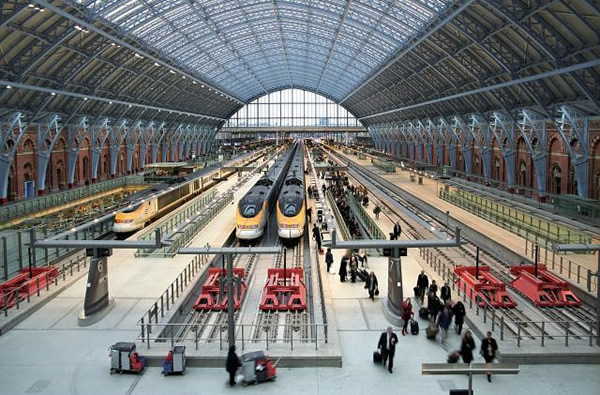W. K. Lis
Superstar
Baltimore Metro Subway to Partially Close for Weeks
See link. A three week closure is worse than the TTC's weekend closures.
See link. A three week closure is worse than the TTC's weekend closures.
BALTIMORE (WJZ) — It could be a rough ride on the rails for a few weeks. A major shutdown is planned on the Baltimore Metro Subway system, as aging infrastructure requires replacement.
Transit officials say they planned the shutdown for their slowest time of the year, but admit there will still be headaches for some commuters.
Tens of thousands of people get on board each day, but a major shutdown is planned for Baltimore’s Metro Subway.
“I guess there’s nothing I can do about it, but it definitely hinders me getting to where I need to get to,” said rider Kiara Lindsey.
From July 22 to August 14, track work will shut down service between Mondawmin Mall and Milford Mill.
“I have to catch the 91 or the 51, and if this is cutting off, then that would be a problem for me,” said rider said.
“These three weeks are going to be tough, we realize that,” said Suhair Al Khatib, Maryland Transit Administration.
Transit officials say some tracks on the more than 30-year-old system must be replaced to avoid an emergency.
“The dangers are derailment, a train could derail,” Al Khatib said.
Trains have already been slowed in the area.
Transit officials spent two years planning the three week shutdown, which will have contractors working around the clock.
“The train system or roadways, they all — at some point — reach the end of their life,” Al Khatib said.
The aging infrastructure is not just a problem in Baltimore.
Track issues on the D.C. Metro system led to smoke filling a tunnel in January of 2015, killing one female rider and injuring dozens more.
A series of similar problems has caused a massive one-year rehabilitation project, which promises huge delays throughout the D.C. system.
“We want to avoid a situation where we have to be in an emergency situation,” Al Khatib said.
The MTA will provide a bus bridge to get passengers between stops during the closure.
It’s estimated about 45,000 people ride the Baltimore Metro Subway each day.












